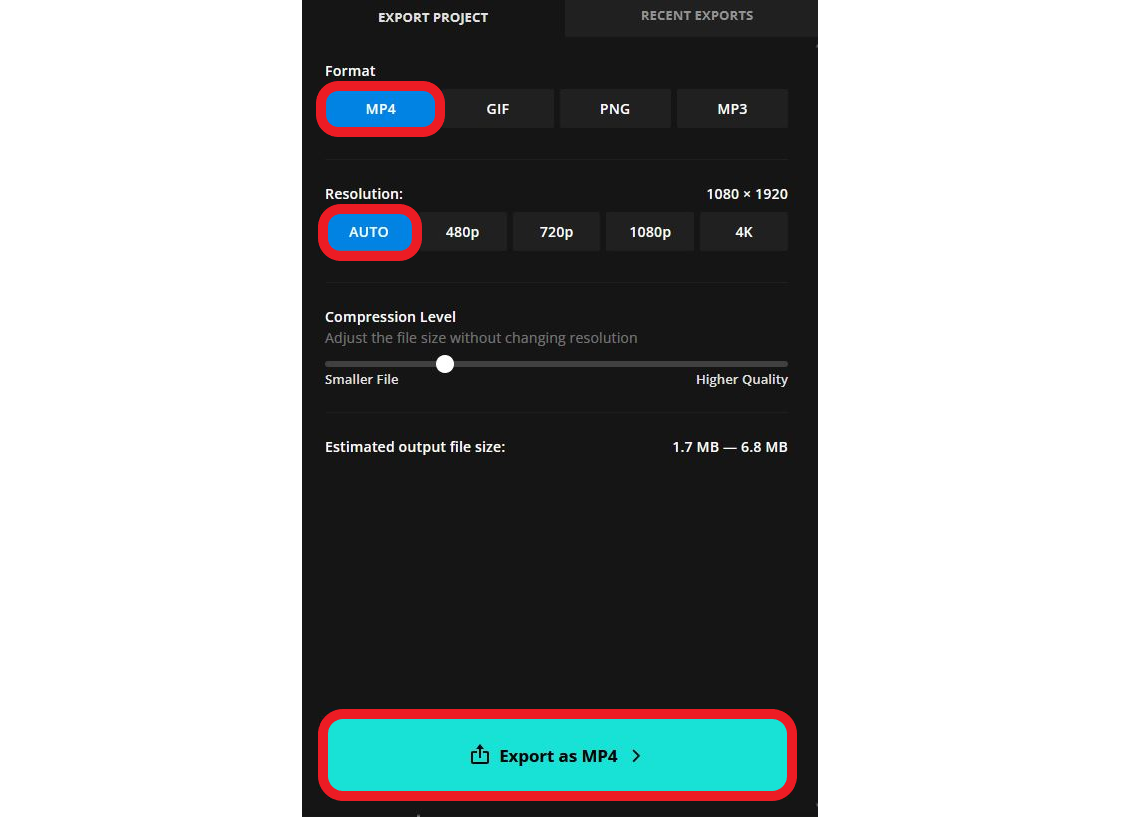How to Use Goku AI Video Generator (ByteDance)
This new AI tool comes from the owners of TikTok

Since the start of 2025, ByteDance has been in the spotlight amid ongoing threats to ban its popular apps, TikTok and CapCut. Now making headlines for a different reason, the company has introduced a new video generator, Goku AI.
Goku AI is designed as an all-in-one content creation tool, capable of generating highly realistic videos from simple text prompts. It also offers image-to-video generation, allowing creators to transform static photos into video clips with ease.
In this article, we'll walk through how to use Goku AI for video generation, explore its key features, and show you how to refine your clips using Kapwing, a popular alternative to CapCut.
Table of Contents:
- What is Goku AI?
- Goku Video Generation Stats and Tools
- Goku AI vs Other AI Generators
- How to Edit Goku AI Videos
What is Goku AI?
As described on its official webpage, Goku AI is:
“A breakthrough in AI technology, offering superior performance in video generation. Built on advanced rectified flow Transformers, it sets new standards for quality and efficiency.”
But what does this actually mean for creators? In short, Goku AI is designed to generate videos with lifelike, natural movement, making it particularly well-suited for applications like advertising, digital content creation, and visual storytelling.
At the core of its capabilities is a model architecture called Rectified Flow Transformer (RFT). While the technical details are complex, the key takeaway is that this system predicts and smooths motion within generated clips, reducing unnatural or jerky movements. Unlike some AI video tools that struggle with fluid motion, Goku AI is specifically trained to understand the speed and direction of moving objects, making its outputs feel more realistic.
For advertisers, content creators, and social media users looking to produce AI-generated videos that seamlessly blend into real-world footage, Goku AI offers a strong alternative to existing models.
Goku Video Generation Stats and Tools
Goku AI is compatible with other open-source solutions, allowing users to adjust various settings for more control over their generated videos. These include the inference seed, resolution, and frame rate, giving creators flexibility in refining their outputs. Below is a closer look at these tools and how to use them effectively.

Inference Seed
- Entering a specific seed value allows for reproducible results, meaning you can generate the same video output multiple times
- Setting the seed to “-1” will randomize the result each time
Super-Resolution
- Upscale video resolution from 720 × 480 pixels to 2880 × 1920 pixels for higher-quality output
- Ideal for creating sharper, more detailed videos, especially for larger screens or professional use
Frame Interpolation
- Increase the frame rate of your video from 8 FPS to 16 FPS for smoother motion
- Useful for reducing choppy animations and improving video flow
To use super-resolution or frame interpolation, simply check the box next to each setting. Keep in mind that increasing the resolution or frame rate of your video will increase the generation time as well. For the fastest generation, leave these boxes unchecked.
How to Generate Videos with Goku AI
Getting started with Goku AI is simple. First, navigate to the website generation options, or enter a text prompt in the field.

Once the video generator interface opens, you’ll see three expandable menus on the left-hand side. These menus offer different prompt options: text-to-video, image-to-video, and video-to-video. The text prompt box can be used on its own or combined with one of the other options to create or modify a video. However, image-to-video and video-to-video cannot be used together.
By default, only the text-to-video prompt is expanded. Let’s go over how to generate a video using each method.
Text-to-Video Generation
To create a video from a text prompt, enter up to 200 words in the prompt box and select Generate Video. As with most AI video generators, detailed and descriptive prompts yield the best results.
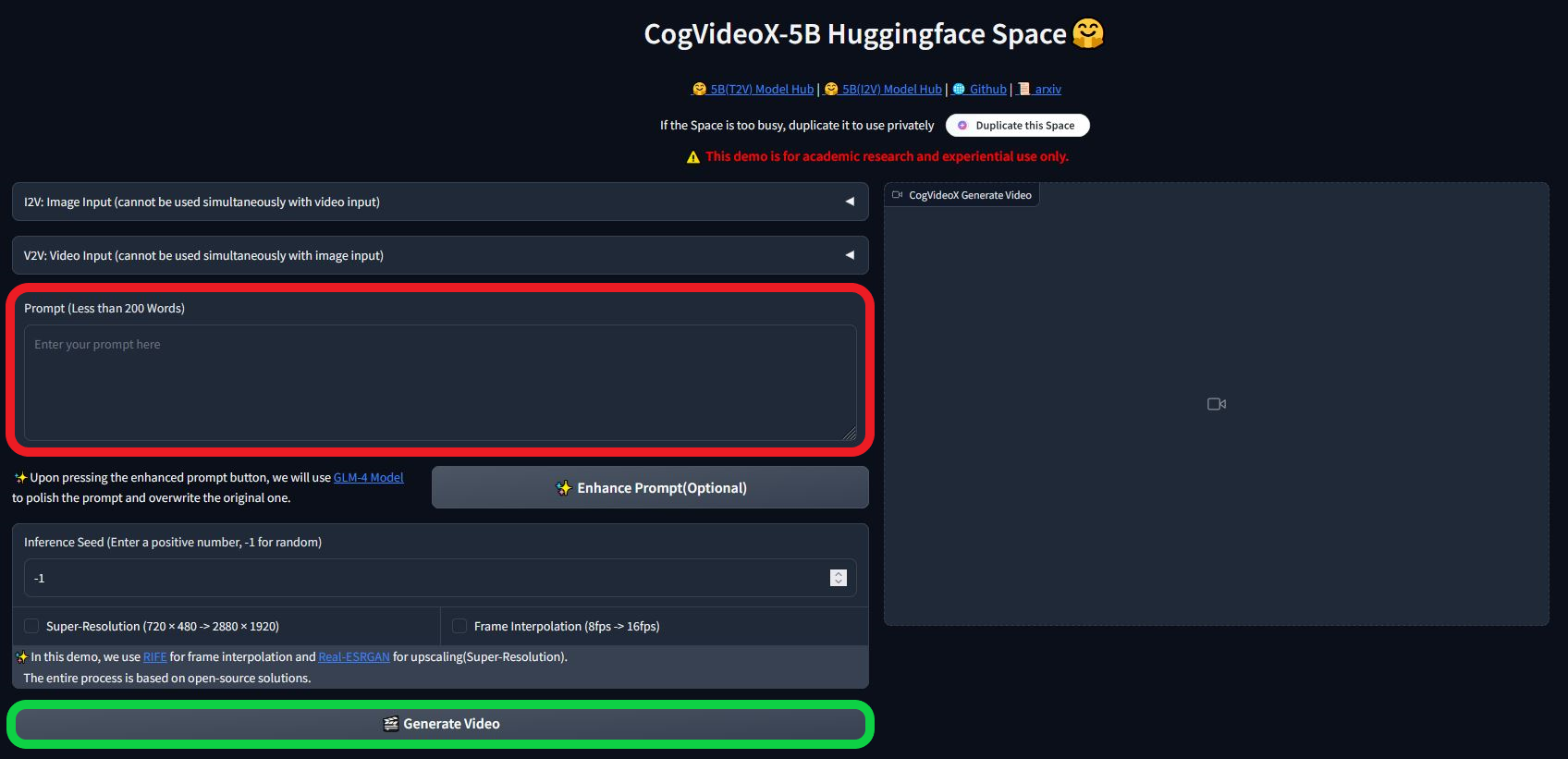
For inspiration, Goku AI provides example prompts and sample generations. Additionally, selecting the Enhance Prompt button will automatically rewrite your video prompt to be highly descriptive and more AI-friendly. Consider using this tool for your first few generations to better understand how to write a successful text-to-video prompt.
Since this model specializes in realistic motion, prompts that describe a central character performing actions like walking, turning their head, or interacting with their environment are ideal.

Image-to-Video Generation
To generate a video from an image, upload your chosen image to the Image Input field. Then, enter a descriptive prompt in the same text box used for text-to-video. Once you're satisfied with your input, click Generate Video.
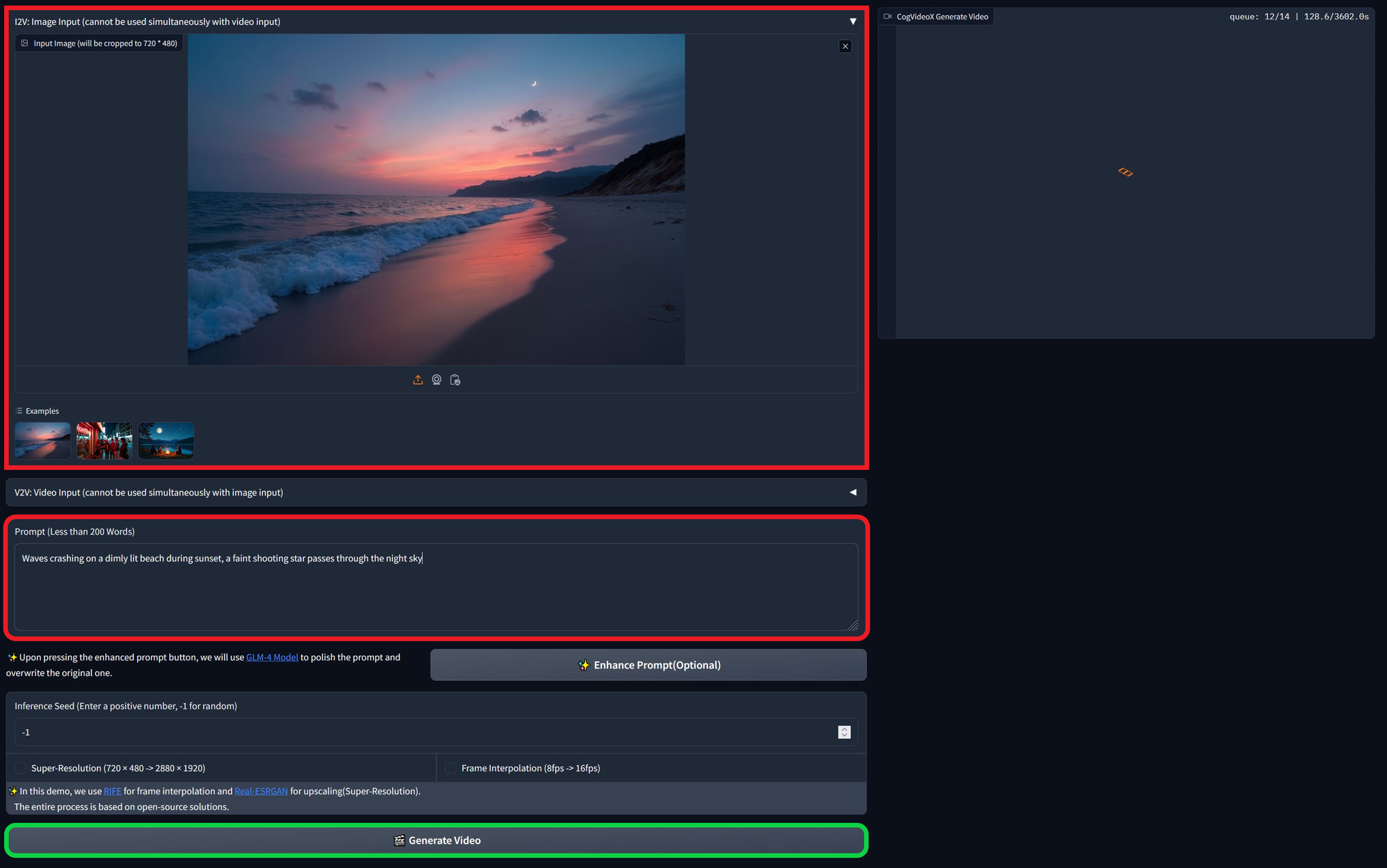
Video-to-Video Generation
If you want to extend or modify an existing video, upload your clip to the Video Input field, add a descriptive prompt, and select Generate Video.
Keep in mind that video-to-video processing takes significantly longer than the other two-generation methods, as the AI must analyze and adapt the movement within the existing footage.
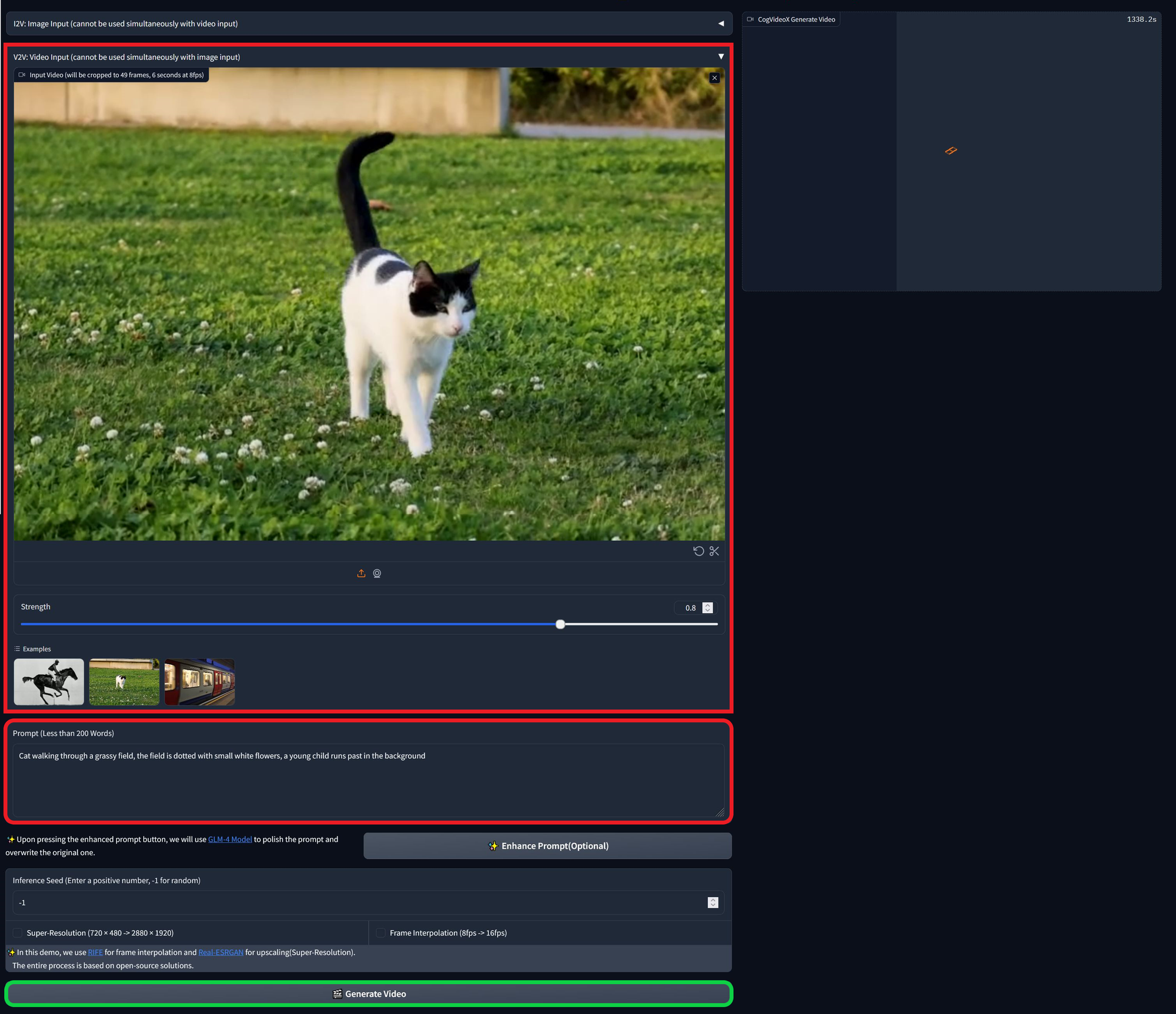
Goku AI vs. Other AI Generators
With the market for AI generation tools becoming increasingly competitive, choosing the right one for your needs can be challenging. As ByteDance launches Goku AI, here’s how it compares to other popular AI generators.
Generation Speed
Goku AI is publicly hosted and accessible through a web browser, offering ease of use. However, this also means server congestion can impact processing times, especially as the tool gains more users.
While text-to-video clips generate relatively quickly, image-to-video and video-to-video conversions take significantly longer.

If speed is a priority, Kaiber and Stable Video Diffusion may be better options. Kaiber is optimized for fast processing and stylized animations, making it one of the quickest AI video generators available. Stable Video Diffusion, on the other hand, allows users to run the model locally, eliminating the bottlenecks caused by public server congestion.
Realism
Where Goku AI excels is in realistic movement, generating smooth, lifelike action within videos. A strong alternative is Pika AI, which also focuses on natural physics and fluid motion. Both Pika AI and Goku AI support video-to-video generation, allowing users to enhance existing footage with AI-driven elements.

Tools and Editing
Currently, ByteDance has not integrated Goku AI with its other video platforms, such as CapCut or TikTok. This means that Goku-generated videos lack essential editing tools, including resizing, trimming, and adding audio or other elements. Once a video is generated, no further customization options are available.
For creators looking for an AI video generator with built-in editing capabilities, Kapwing is a strong alternative. Unlike Goku, Kapwing allows users to generate b-roll footage, configurable video clips, and static images from text prompts. Best of all, content generated on Kapwing can be immediately edited within the studio, enabling seamless integration of AI video generation with custom edits.

How to Edit Goku AI Videos
Since Goku AI generates high-quality video clips but lacks editing tools, Kapwing provides an easy way to assemble professional content for brands and influencers on social media.
Here’s how to transform a Goku AI generation into a short video with an AI-generated voiceover — perfect for podcasters and video creators promoting new content.
1. Import Your Generated Clips
Download your Goku AI clips and upload them to Kapwing. (In this example, we generated a clip of a man walking into a coffee shop.)
Your files will appear in the media panel on the left. Drag and drop them into the timeline to arrange them in your preferred order.
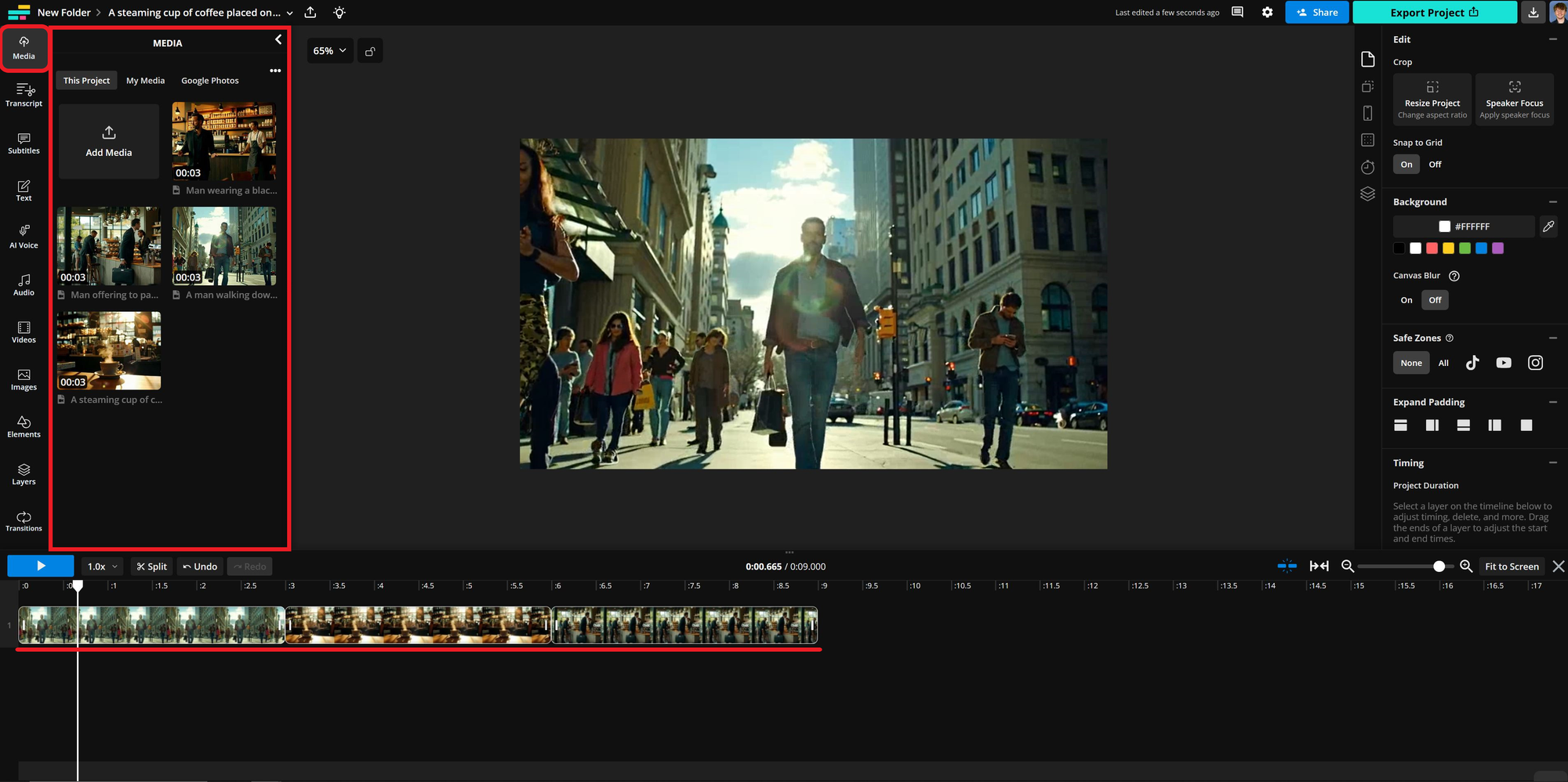
2. Resize the Aspect Ratio for Social Media
To optimize your video for platforms like TikTok, Instagram, or YouTube, start by resizing the canvas.
Select the background of your project, then select Resize Project within the right-hand menu.
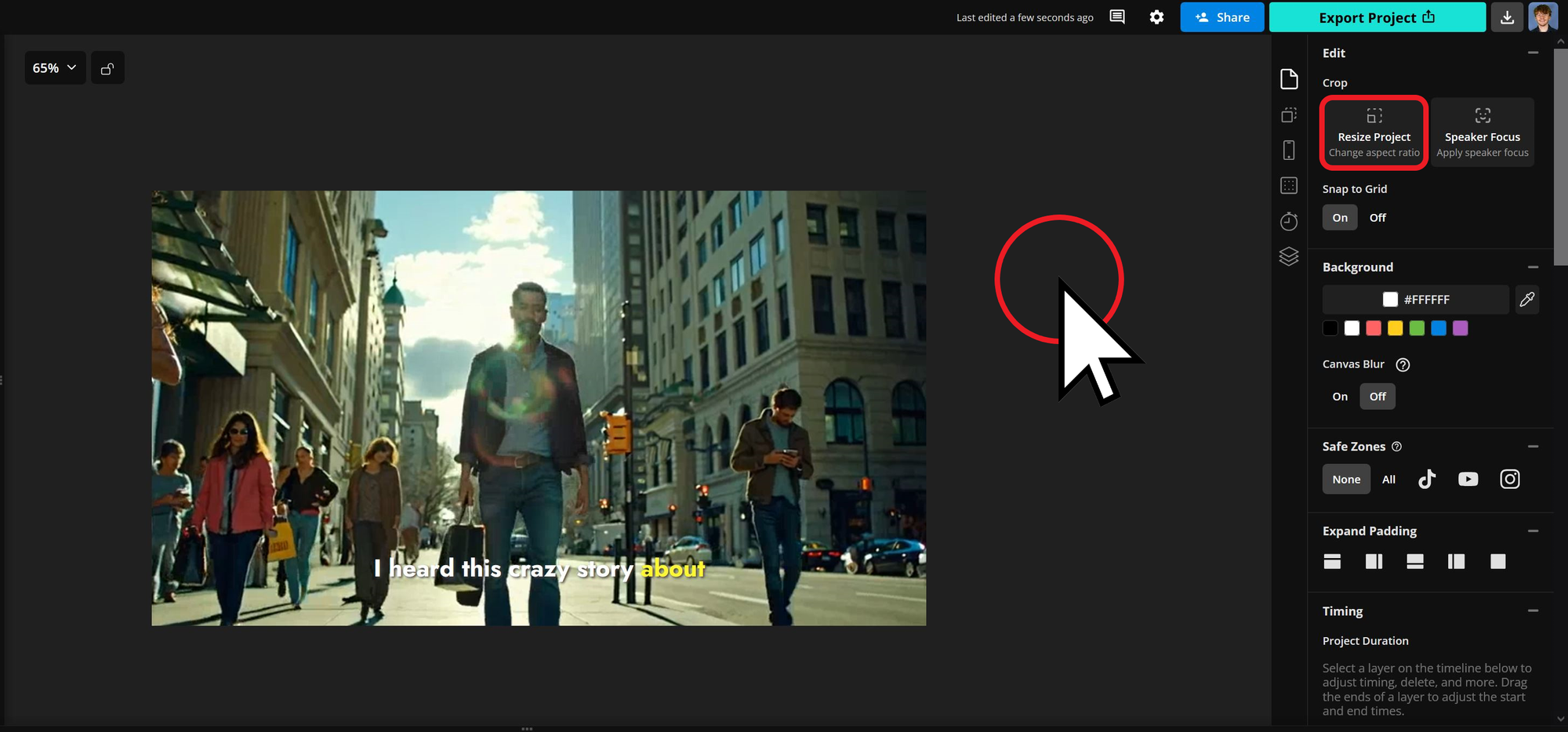
Once the resize project window opens, select from the dropdown to choose from available preset aspect ratios or enter custom video dimensions.
Common aspect ratios for different platforms:
- TikTok, Instagram Reels, YouTube Shorts: 9:16
- Facebook, LinkedIn Feeds: 4:5
- YouTube and other horizontal video players: 16:9

3. Add a Voiceover
Kapwing lets you add a voiceover by uploading an audio file, recording directly, or using AI-generated speech. To generate an AI voiceover, open the AI Voice tool in the sidebar, enter your script, and click Update Layer to generate the audio.
You can adjust the voice style and persona using the dropdown menus. Subtitles will automatically be applied and arranged in the timeline to match your voiceover.
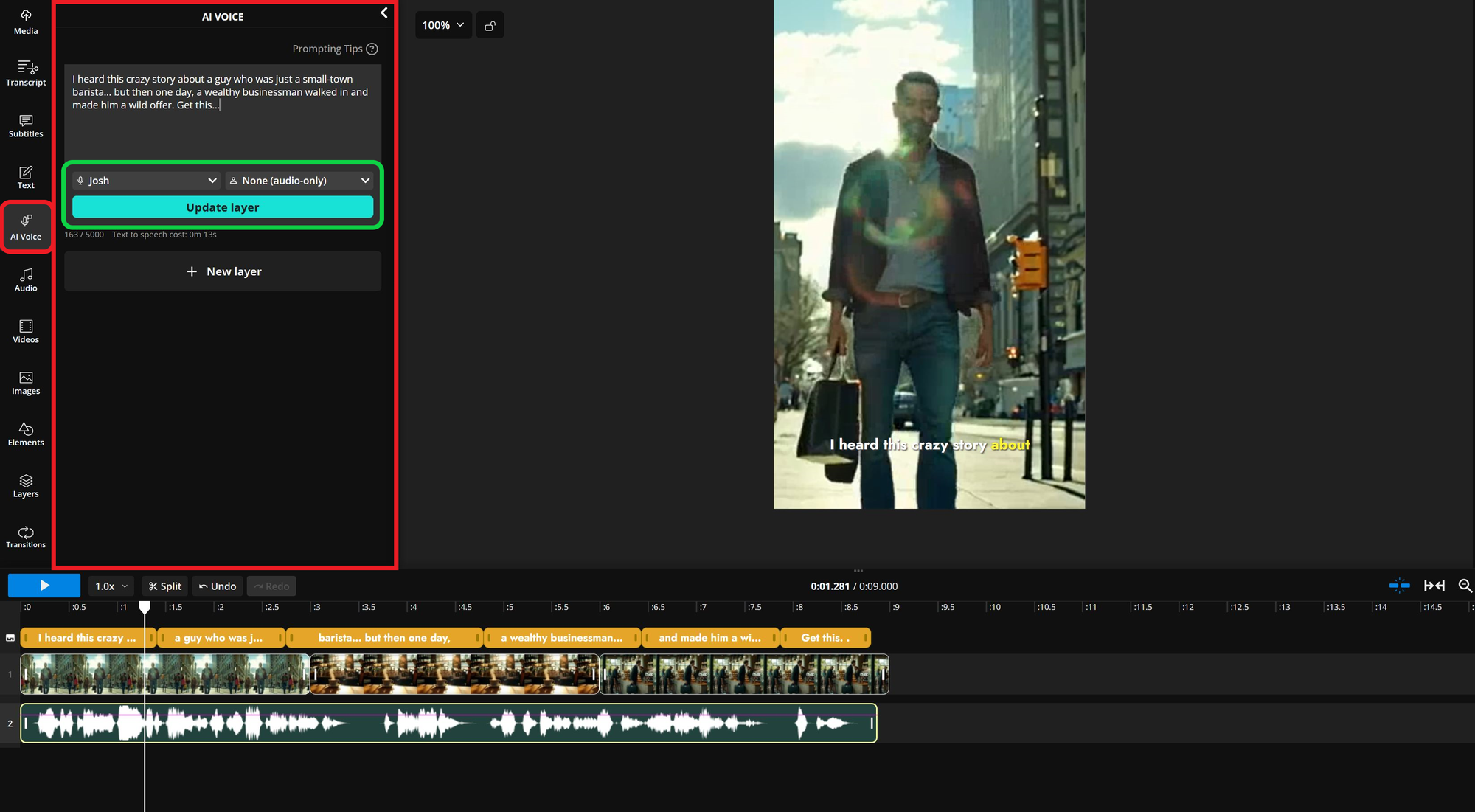
With over 150 unique voices available, choosing the best one for your project is mostly a matter of preference. If you're creating content for a specific genre such as ASMR, news, or meditation, you can filter by use case to find a suitable voice. In this case, I selected Josh for a clear, relatively neutral voiceover.
Once finished, you'll have a short video hook created in just minutes. Our final video included stationary text at the top to provide context for viewers, a brand logo for recognition, and a call-to-action with a swipe-up graphic. Each element is individually customizable, with options for color changes, drop shadows, and transitions.
When creating a video hook/trailer for social media, the goal is to create an accessible video that provides enough context for a new user to know how to become engaged, even if they are unfamiliar with your brand.
4. Share and Engage
Post your final video on social media to increase engagement. Share it in your stories or as a post to attract viewers and drive interest in your content.
